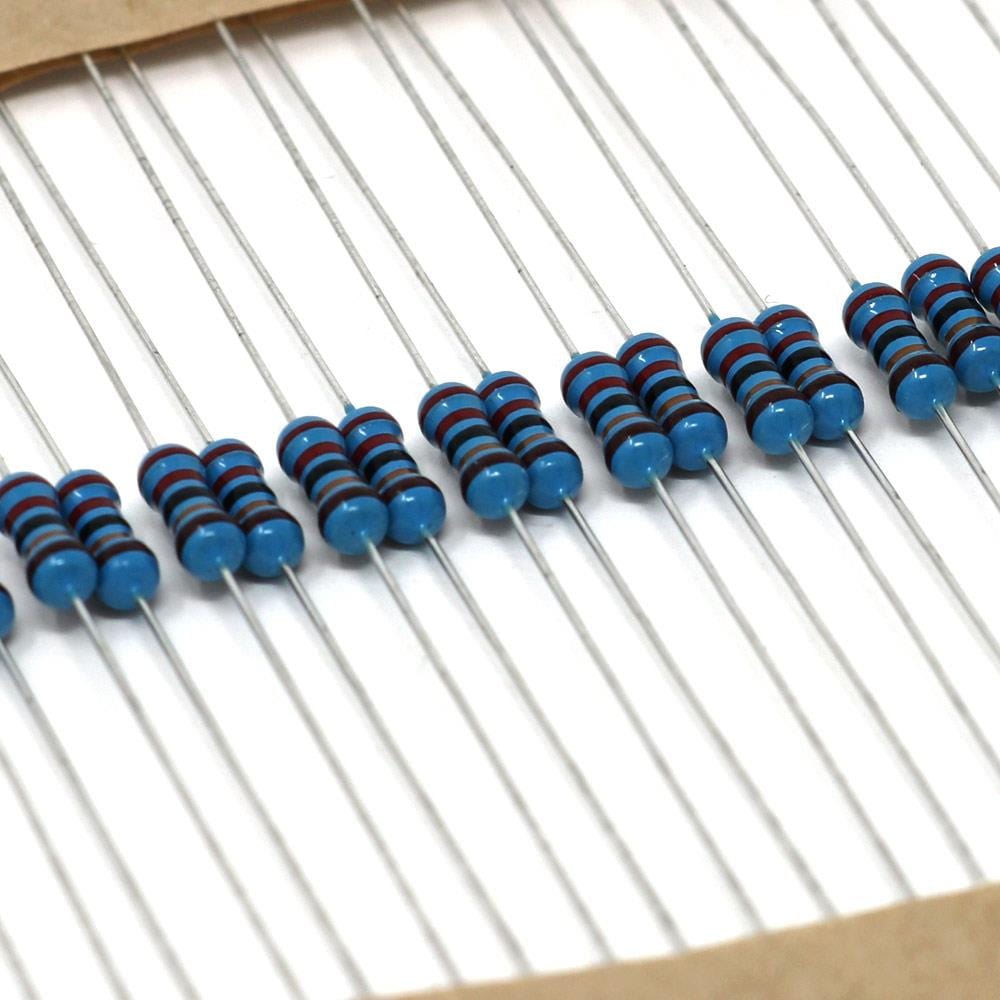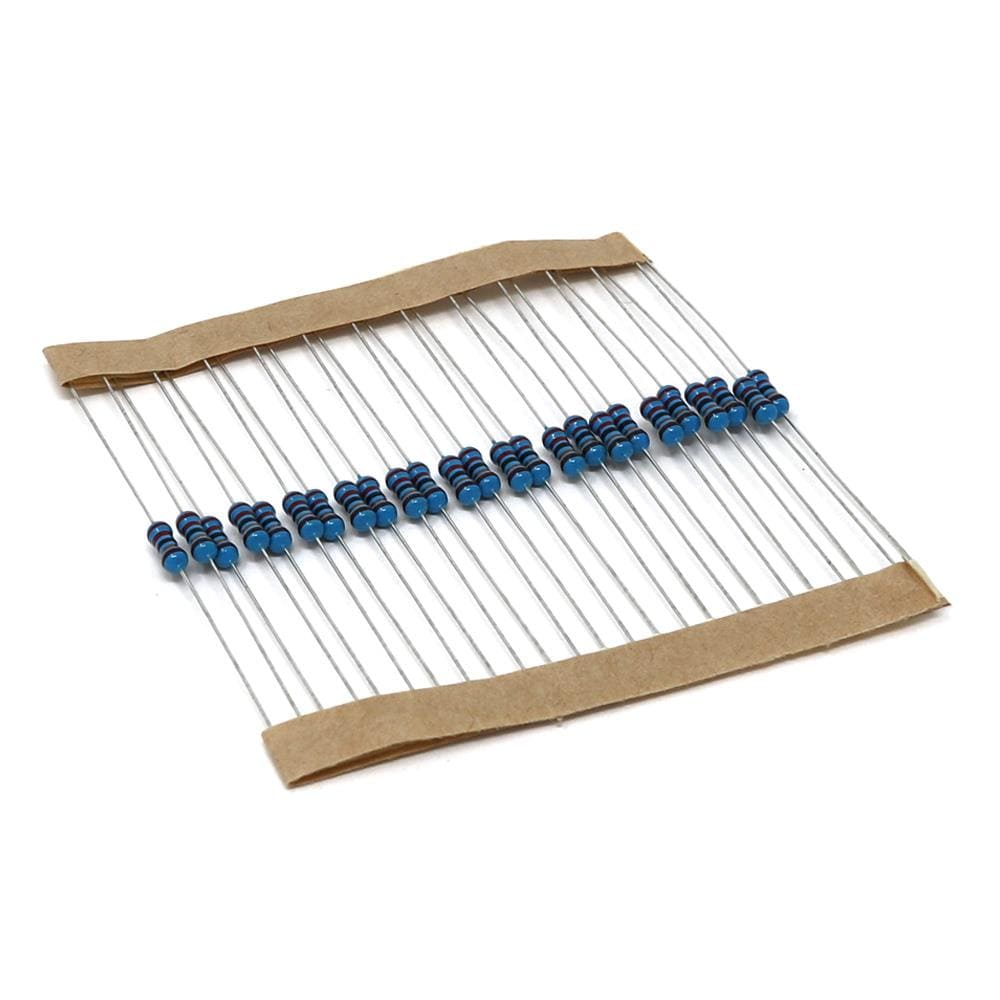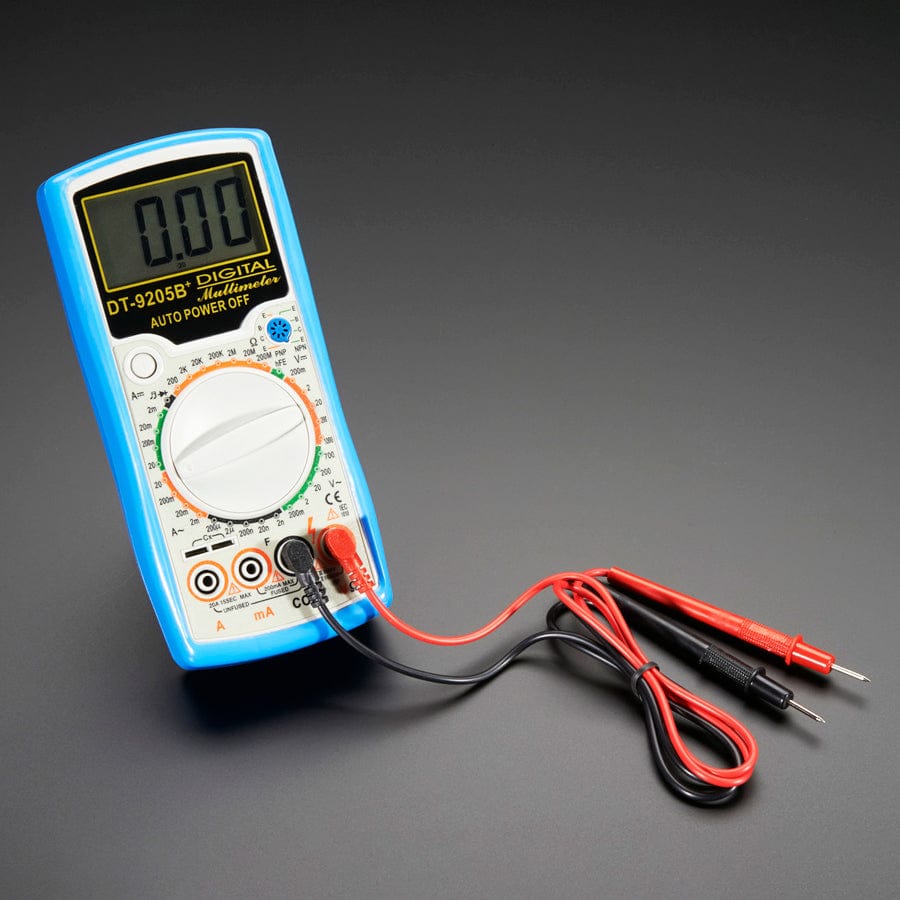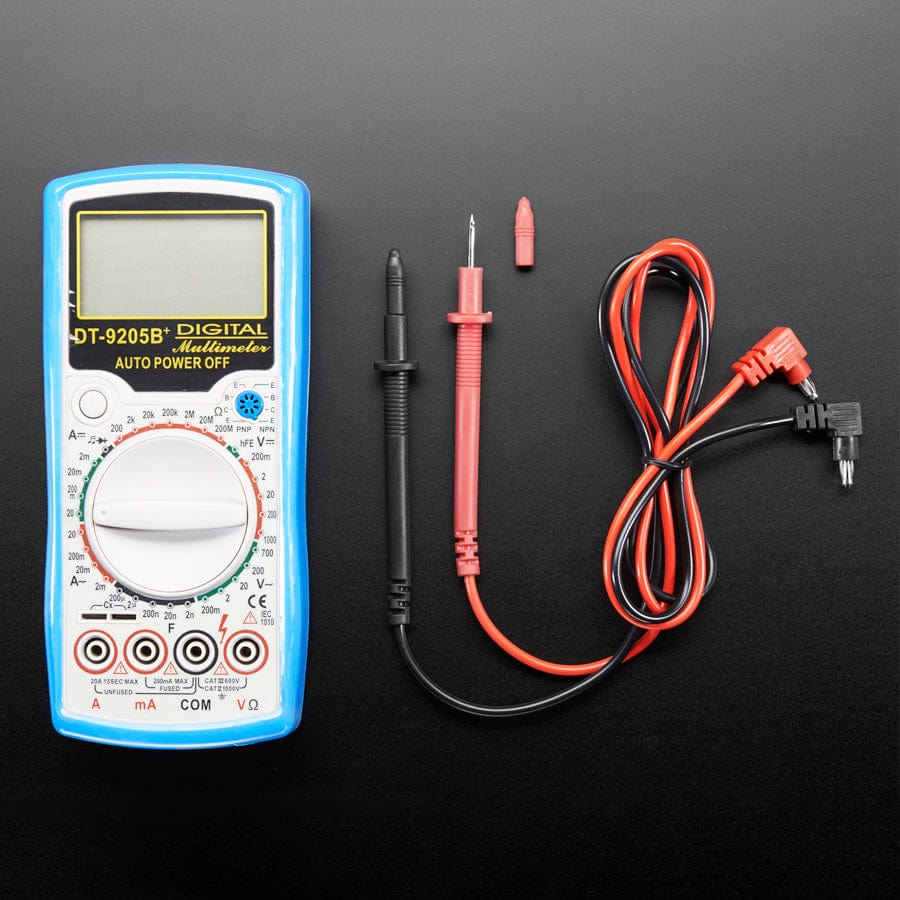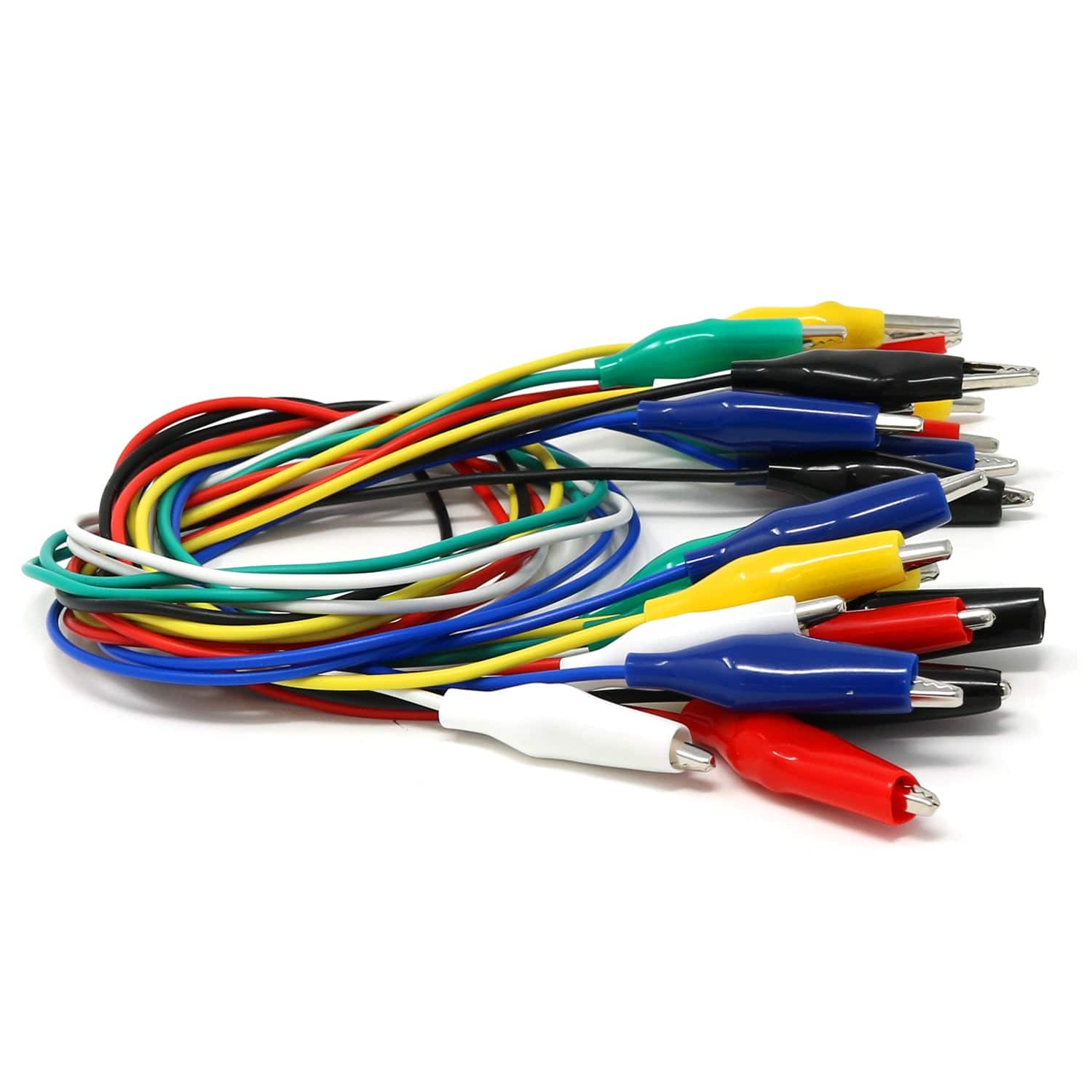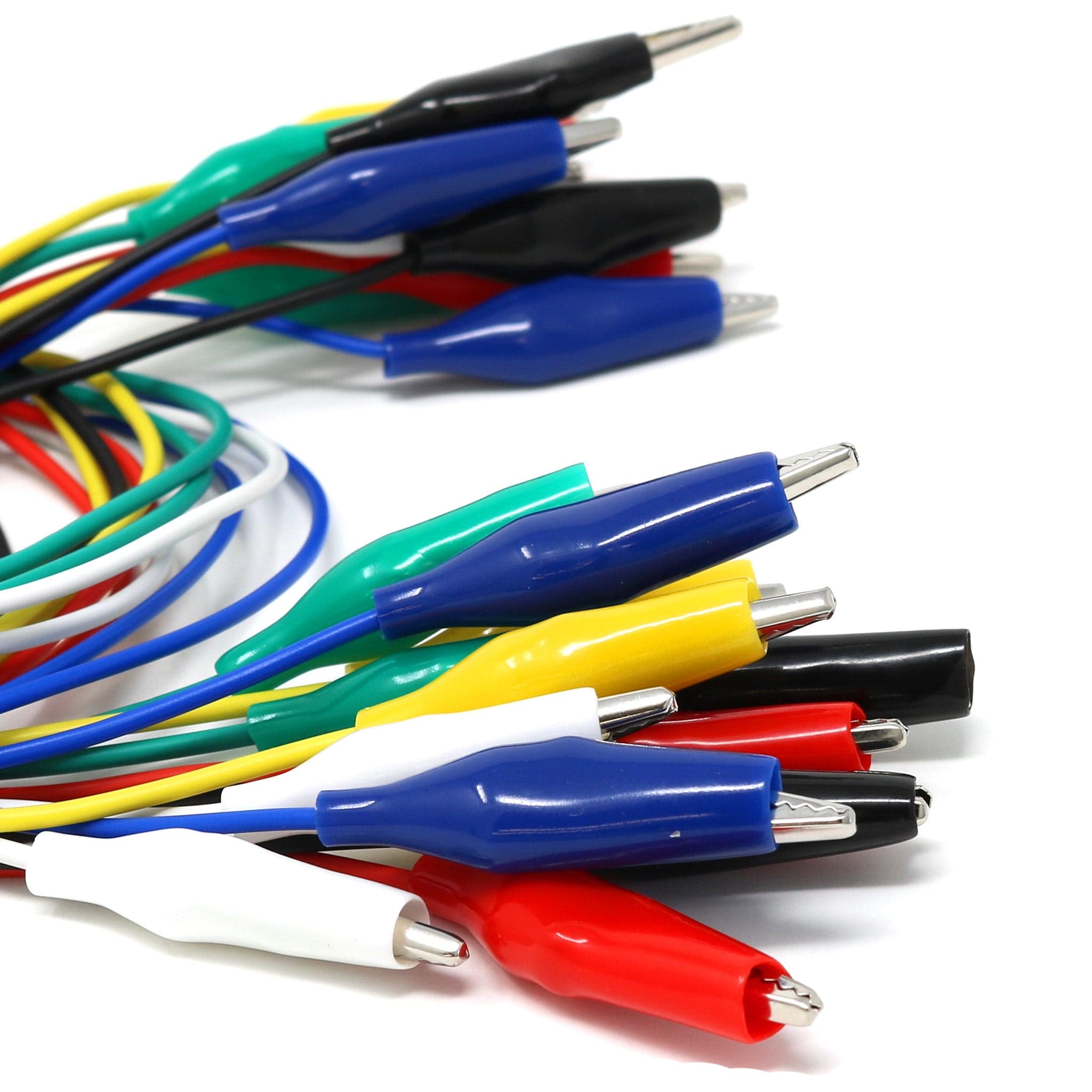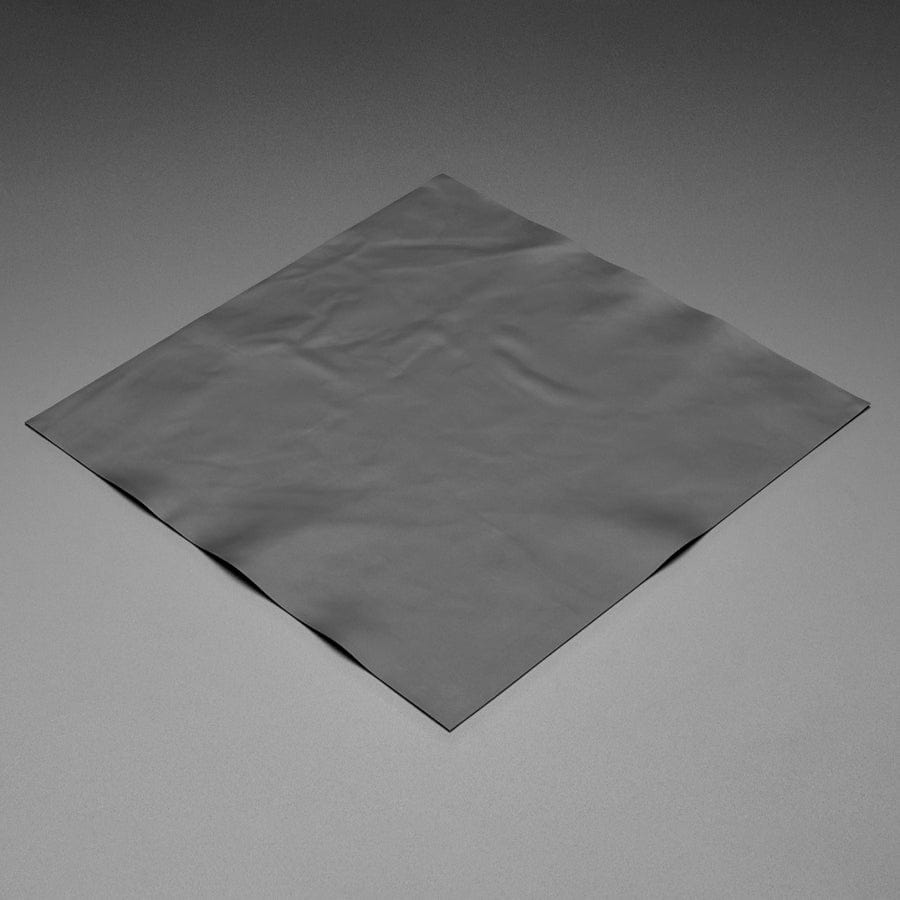
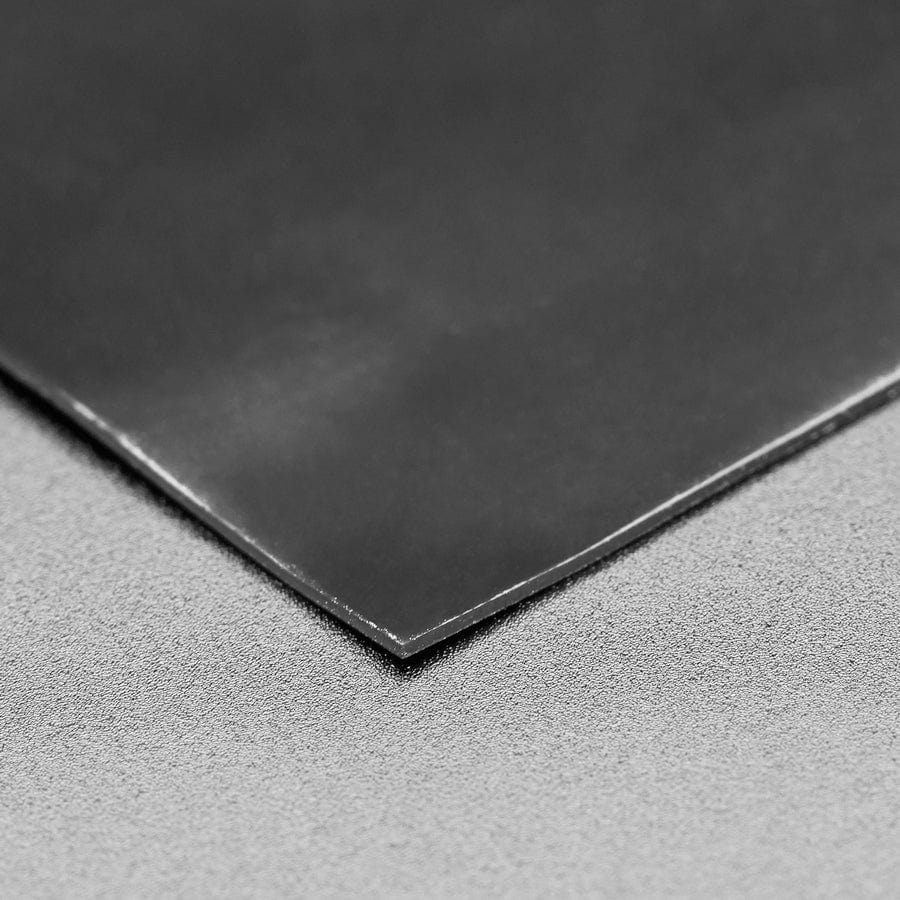
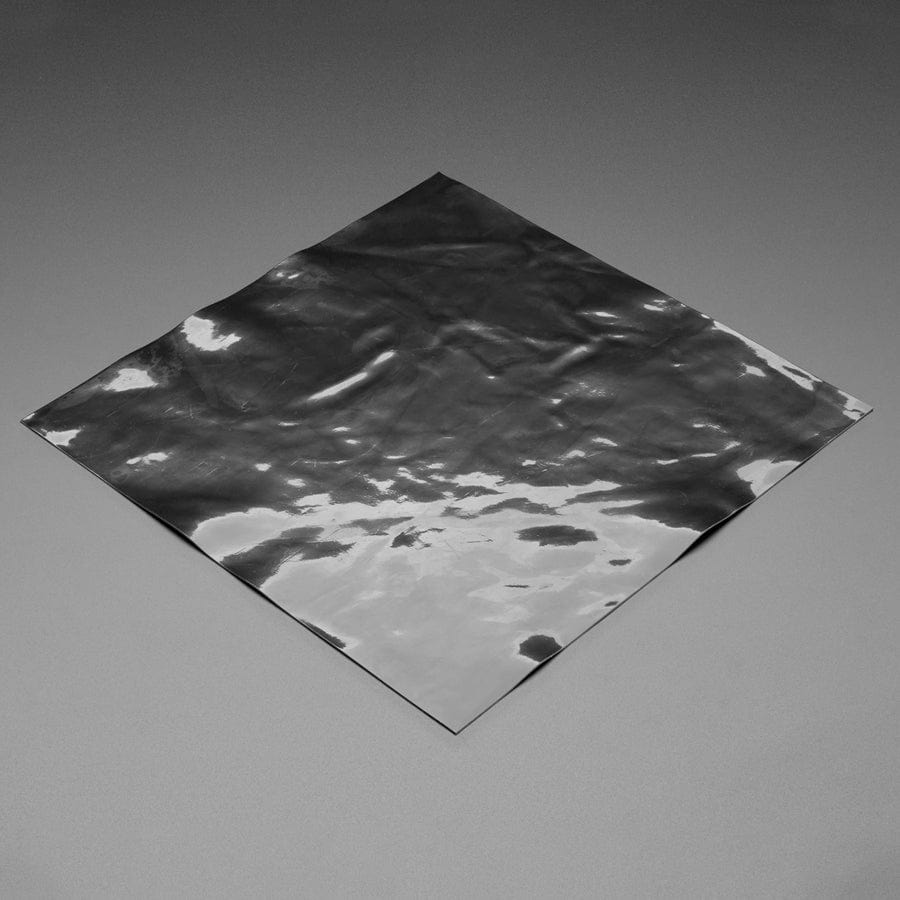
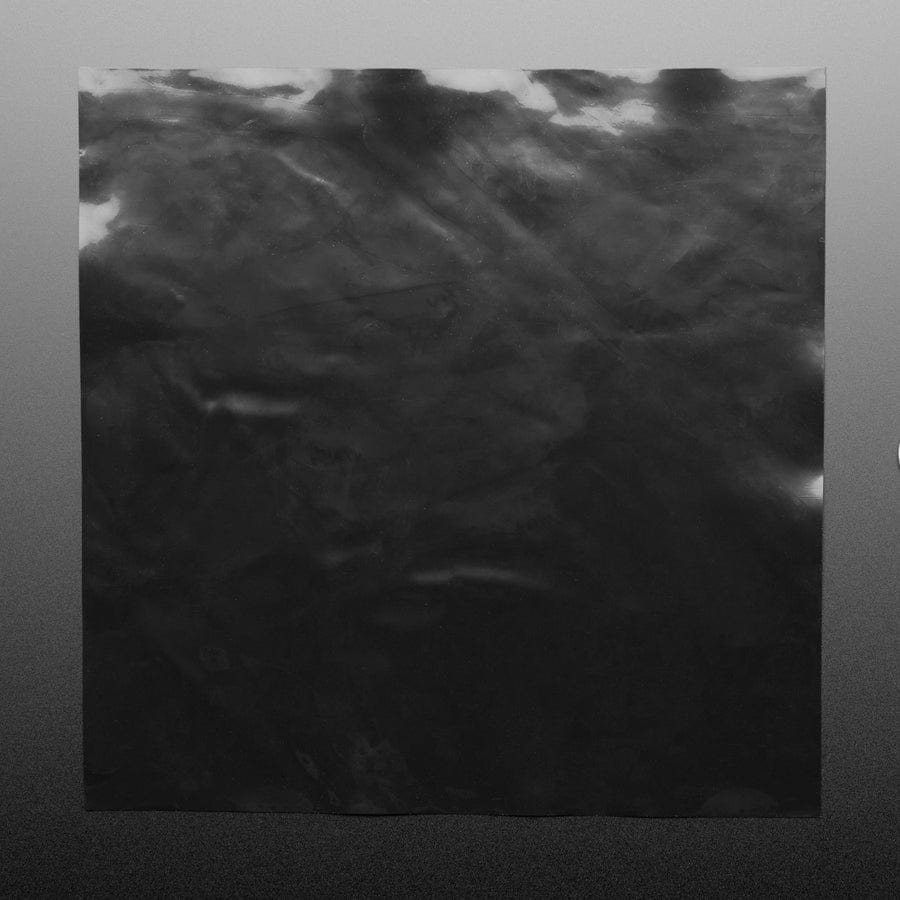
Login / Signup
Cart
Your cart is empty
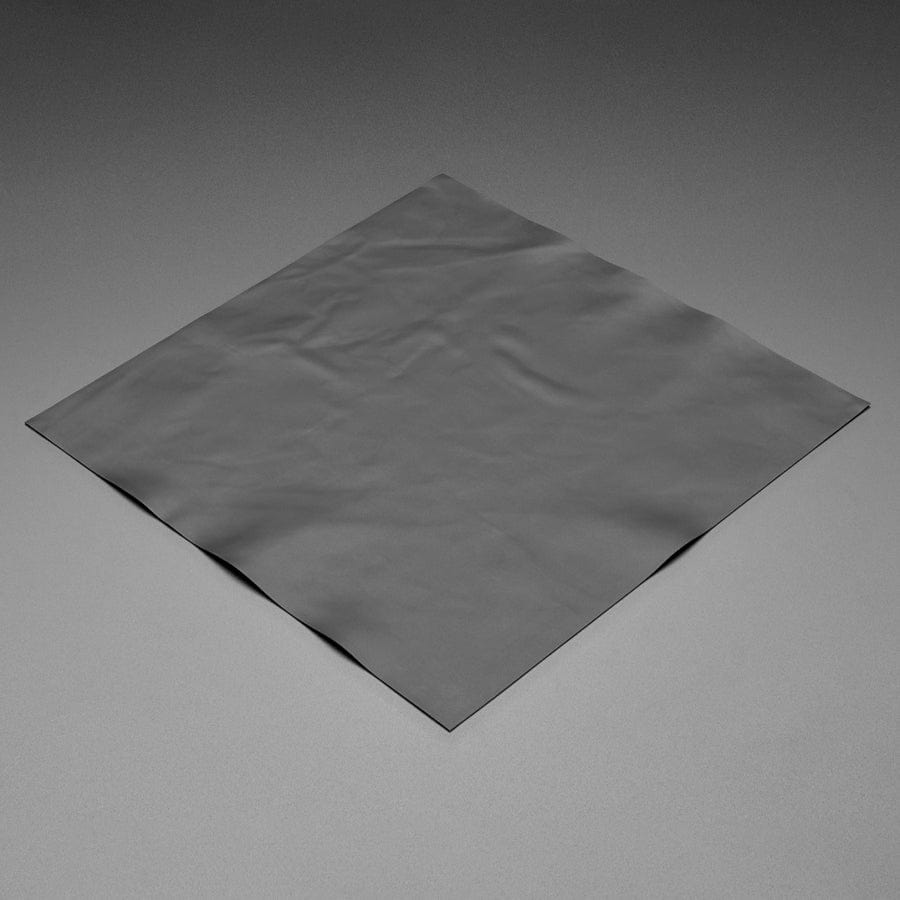

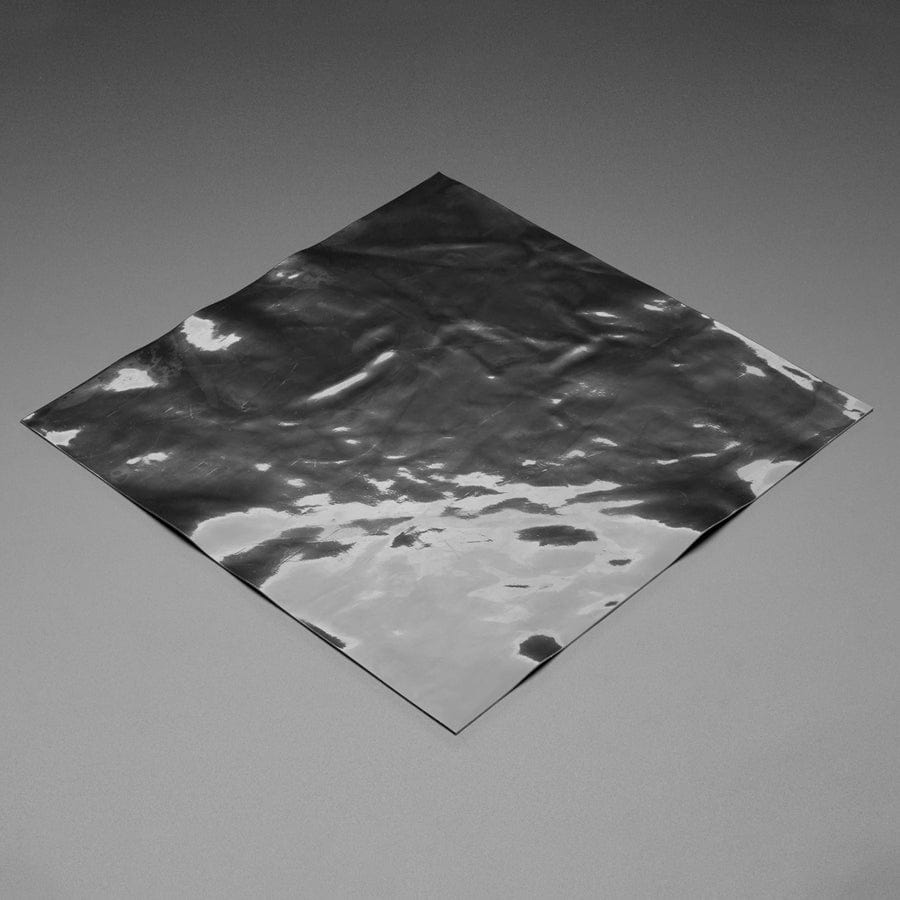
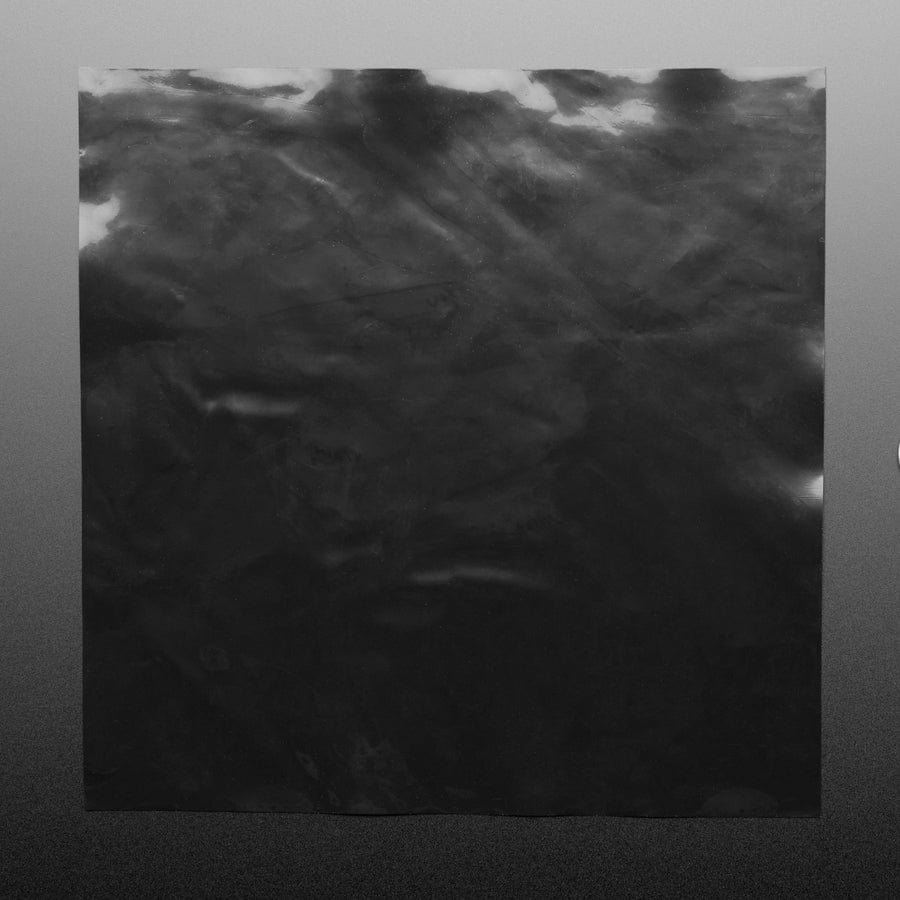
This rubber sheet is made of the same carbon-black impregnated rubber material that our conductive rubber cord uses. Traditionally it would be used for EMF shielding or conductive gaskets - but it's very fun to play with and we think it makes for an interesting stretch sensor or maybe a conductive material that is soft and conforming.
In a 'relaxed' state, the bulk sheet resistivity is about 50 ohm*mm. As you pull on it, the resistance increases (the particles get further apart). You can stretch the rubber about 50-70% longer than the resting length, so a 6" piece shouldn't be stretched more than 10". Once the force is released, the rubber will shrink back, although it's not very 'fast' and it takes a minute or two to revert to its original length. It's not a true linear sensor, and the resistance may vary from batch to batch, so we consider it a way to measure stretching motion but isn't really precise.
This stuff is fun, so we give you a 200mm by 200mm square with 0.5mm thickness. You can easily cut this material with scissors or a die. You can use it as a conductor or add a 100 ohm resistor as a divider, then use our handy Thermistor tutorial to measure the analog voltage and convert that back to resistance.





